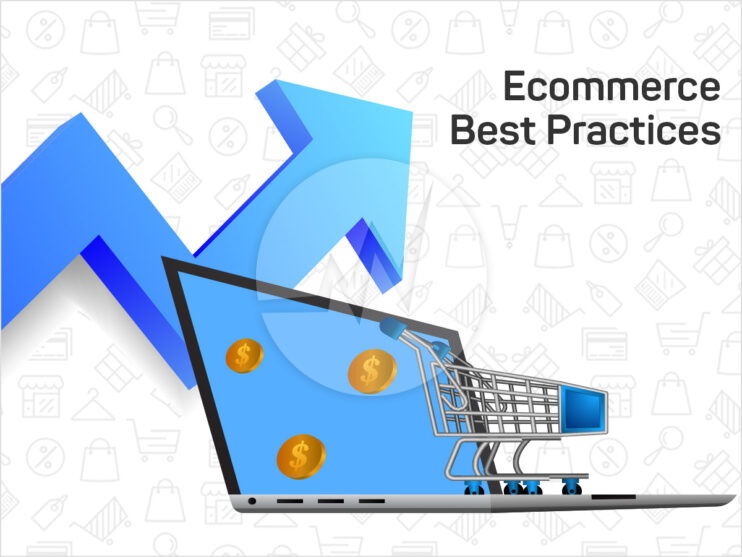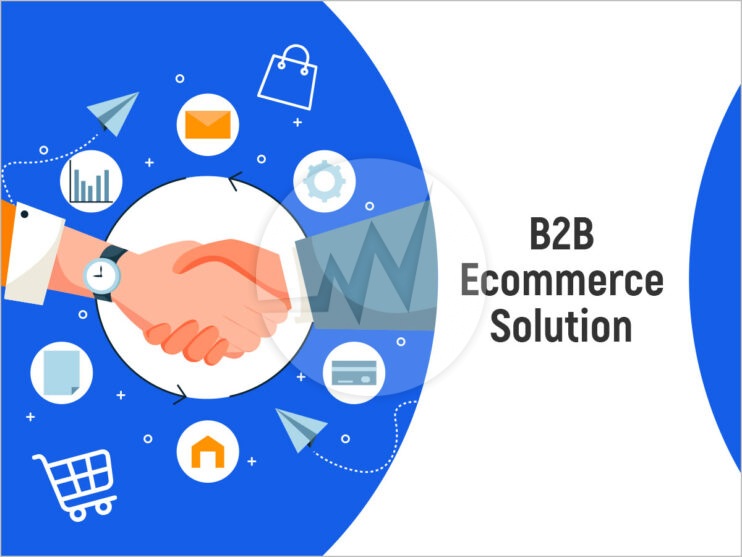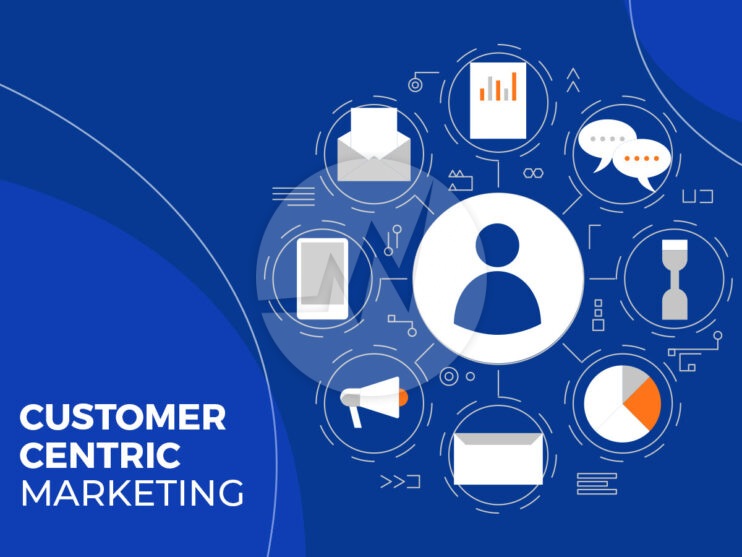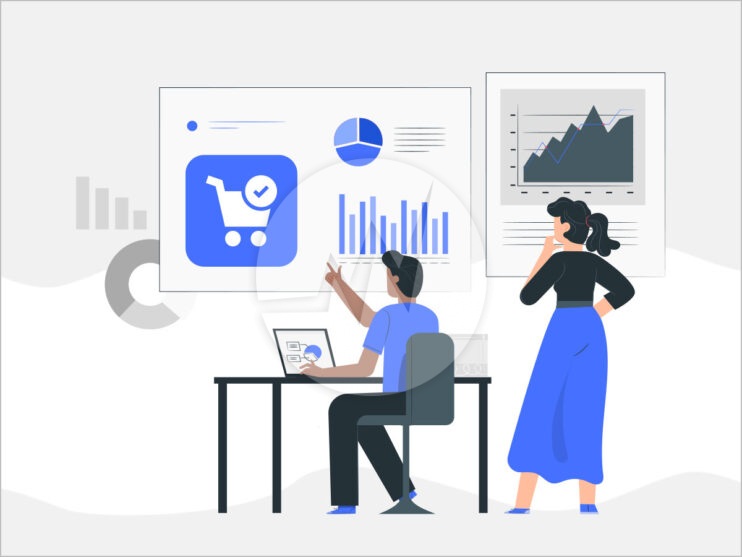Top 14 Tips for Ecommerce Best Practices to Boost the Sales

In this way you create an ecommerce store that people love to browse and find the right products as if by magic. A guide with tricks of ecommerce best practices for store owners who want to sell better.
Tip 1: Having a store for your ecommerce store?
Personal customer relationships are difficult, especially in digital retail. However, customers prefer to buy from ecommerce store that have a face or a story. It makes them more human, more approachable, more personable and more trustworthy. Tell about yourself, why your ecommerce store exists, what is important to you, what drives you. Pictures of your employees, the warehouse or suppliers not only convey closeness, but also create personality.
Tip 2: Tell your visitors about your ecommerce store
Make sure that visitors do not always come to your ecommerce store via the homepage. You can reach your ecommerce store from search engines, blog posts or through social media links. The visitor can only reach the ecommerce store by manually entering the domain if there is a certain level of awareness or if there is offline advertising. Tell your visitors as directly as possible what your ecommerce store is about. Also give you the opportunity to continue browsing from any page without having to use the browser’s back button.
Tip 3: Participation effect
Well-known brand logos in your ecommerce store show what kind of products you are selling – and it adds authenticity and prestige to your brand when partnered with industry leaders. Note: Legal advice should be obtained before using protected trademarks!
Tip 4: Stories and backgrounds
Offer your visitors more than just shelves full of products. Create an atmosphere that spreads knowledge, offers help and reports on experiences. Many visitors do not yet know exactly what they are looking for. You just want to take a look or find out more. The right content not only lets your visitors linger, but creates trust and orientation through profound information.
Pro tip: Good content is not only consumed, but also shared socially and leads to more visibility, brand awareness and new customers!
Browse and find products
The first impression of the ecommerce store, the effect, the emotions. You have never experienced your ecommerce store so consciously. Surely you have already had a lot of ideas on how you can tell your story even better, which pictures are missing or how you can better play with colors. The use of the brands can certainly be expanded. And first the stories and backgrounds. Actually, quite simple and obvious – but there is so much more that can be done.
Tip 5: Intuitive, clear navigation in your ecommerce store
The main menu provides an overview of the product categories offered. It helps the user to quickly find the right area for him. It is important to maintain clarity and to use the terminology that is common in the respective customer group. A too branched categorization should be avoided. The general rule of thumb is that a user should be at the desired location in the ecommerce store with two to three clicks.
Tip 6: Prominent search bar on every page
30% of your customers use the search to find certain products or to narrow down the product type. The probability of purchase is five to six times higher than that of other customers. Good search algorithms find the right article even if the spelling is incorrect and offer filter options to narrow down the results. Suggestions when typing the search help customers and offer ideas for other formulations.
Tip 7: Clear calls to action
Encourage your visitors to explore the ecommerce store. Place banners for special campaigns, offers or news on the home page and on appropriate category and product pages. Provide the banners with a clear call to action such as “Discover our winter collection”. The call to action is to be highlighted by a button in order to visualize the accessibility to the visitor with a mouse click.
Tip 8: Thematic categories in ecommerce store
Create categories in the look and feel of the product range. Use a hero picture and a description to present the products in the right context. This promotes customer loyalty and offers a good opportunity to be found more easily via search engines.
SEO tip: Use useful information such as instructions or buying advice. This is a great way to optimize category pages for different long-tail keywords.
Tip 9: Filter in ecommerce store
Different properties of a product are important to every customer. Filters offer a simple way to quickly narrow down and find suitable articles. Pro tip: Make sure that there are different filters for each product category. Differentiating between shoe size and clothing size is more user-friendly than a combination of all options.
SEO tip: Use sensible filter combinations to create targeted landing pages with a prepared description and images. This not only helps your visitors, but can also be ranked higher on Google through more relevance.
Tip 10: Sorting
In addition to filters, the sorting offers a quick and easy way to display particularly relevant products first. When searching, many customers orientate themselves on the price, the stock status or delivery time or on the sales rank.
Tip 11: bestseller
People like to orientate themselves towards other people. If the exact product is not clear, many orientate themselves on the purchases of other customers. Offer your top articles as a separate list. Make sure that no general goods lists are created, but that a list is offered for each topic. This not only offers several first places, but also reduces the decision between too many (unnecessary) options.
Tip 12: Featured products
Particularly highlight selected products in order to make a pre-selection for the customer. Some visitors are initially overwhelmed by the product selection and are specifically looking for orientation options.
Tip 13: Stock
Fast delivery is crucial for many visitors. Accordingly, you are specifically looking for products with a positive inventory.
Tip 14: Product reviews
Product reviews also provide orientation and decision support. These should already be displayed in the product search and be filterable.
Closing words
Just take the time to experience the day-to-day customer journey from a different perspective. How often do we do this? You sit at the table and can speak for yourself. And yet it is noticeable every now and then that there is so much potential here. Ideas, solutions, background knowledge and customer feedback are in the minds of all ecommerce store operators and their employees. All from different perspectives. The marketing manager sees things from a completely different point of view than the head of IT. The manager has a different point of view than the salespeople in the branches. But one thing unites them. They all have the same goal: to offer the end customer added value for a successful, long-term customer relationship.
If you are looking to revamp your existing online store, new marketing opportunities for your existing ecommerce store, or want to create a new ecommerce store, Please explore our ecommerce solutions! We also provide ecommerce website maintenance services, online store maintenance services and more. For more information, Please visit our website maintenance services!






